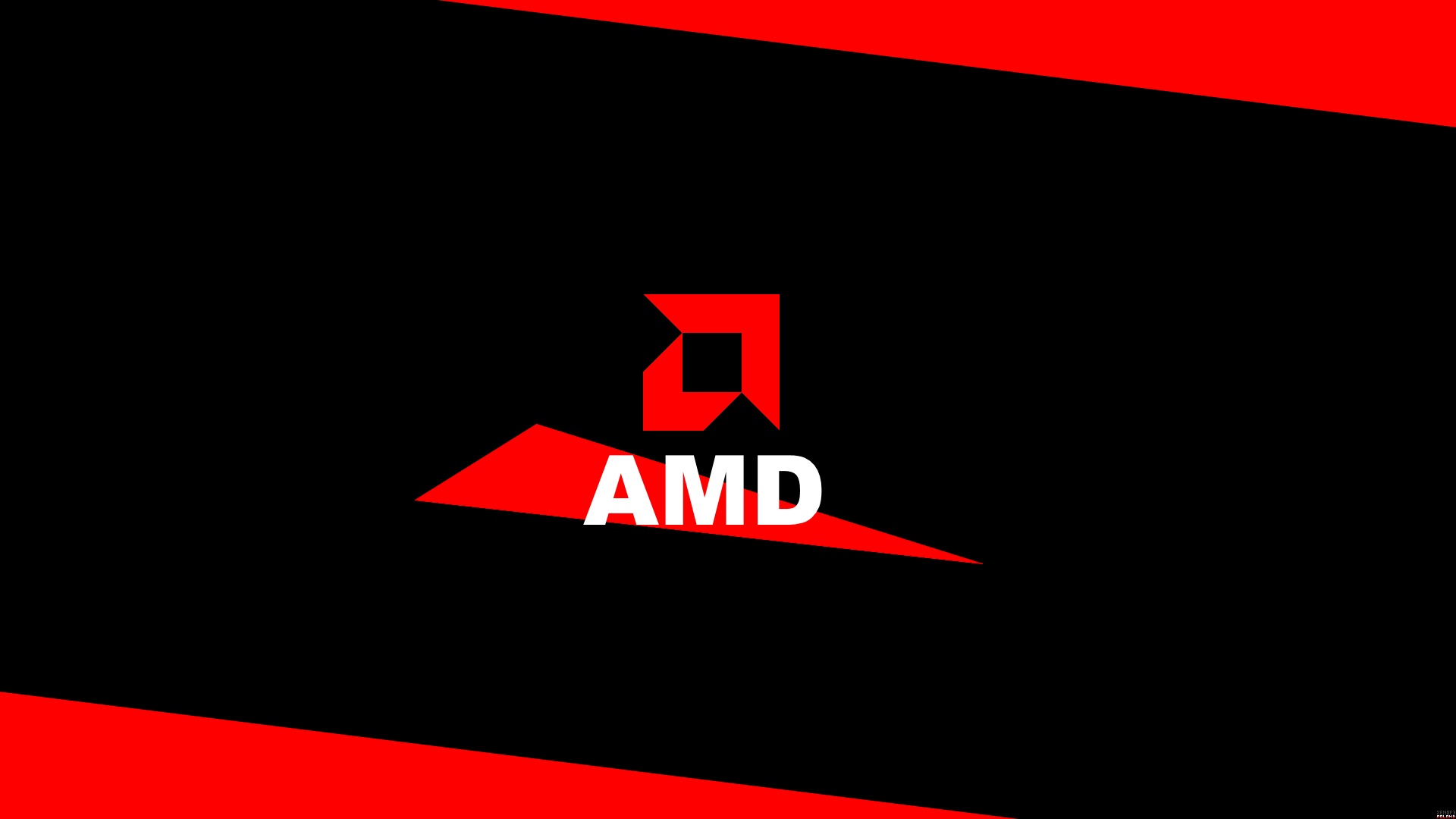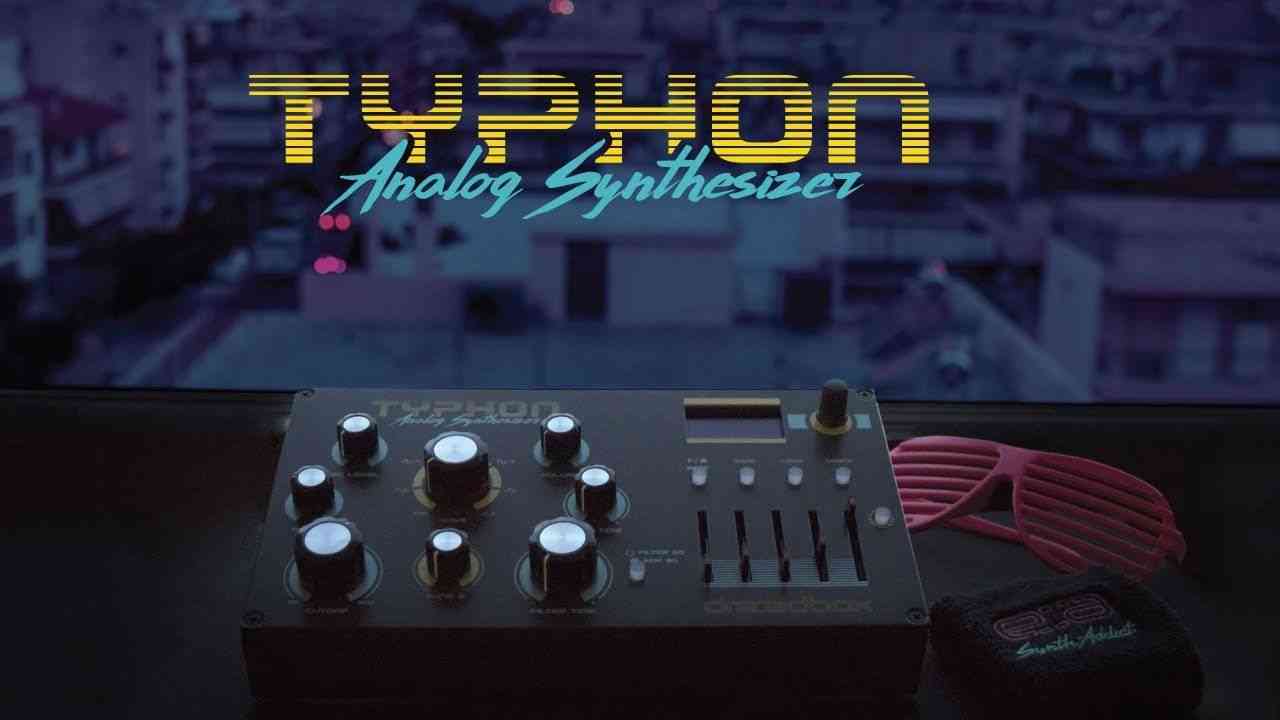AMD Super Resolution First Details Came Out to the Surface

After NVIDIA’s DLSS technology, lots of AMD users were asking about a similar technology. And here it is. AMD Super Resolution first details have been revealed.
AMD Super Resolution first details show us that AMD will be using AI neural networks
Here it is, some good news for the AMD users. AMD has signed into some patents. And these patents give us the AMD Super Resolution first details. AMD explains that the conventional super-resolution techniques are not that great. Thus, the company will use a better technique. The new technique they will use will preserve the images while upscaling them.
The AMD Super Resolution first details include what AMD will call the technology. They call the AI neural network “GSR”. The GSR architecture will upscale the lower-resolution images. Long story short, the images will have a much higher resolution thanks to the AI. This method is eventually similar to DLSS. Here are the details about the AMD Super Resolution patent:
”A processing device is provided which includes memory and a processor. The processor is configured to receive an input image having a first resolution, generate linear down-sampled versions of the input image by down-sampling the input image via a linear upscaling network and generate non-linear down-sampled versions of the input image by down-sampling the input image via a non-linear upscaling network. The processor is also configured to convert the down-sampled versions of the input image into pixels of an output image having a second resolution higher than the first resolution and provide the output image for display”
”[0008] Conventional super-resolution techniques include a variety of conventional neural network architectures which perform super-resolution by upscaling images using linear functions. These linear functions do not, however, utilize the advantages of other types of information (e.g., non-linear information), which typically results in blurry and/or corrupted images. In addition, conventional neural network architectures are generalizable and trained to operate without significant knowledge of an immediate problem. Other conventional super-resolution techniques use deep learning approaches. The deep learning techniques do not, however, incorporate important aspects of the original image, resulting in lost color and lost detail information.”
”[0009] The present application provides devices and methods for efficiently super-resolving an image, which preserves the original information of the image while upscaling the image and improving fidelity. The devices and methods utilize linear and non-linear up-sampling in a wholly learned environment.”
”[0010] The devices and methods include a gaming super resolution (GSR) network architecture which efficiently super resolves images in a convolutional and generalizable manner. The GSR architecture employs image condensation and a combination of linear and nonlinear operations to accelerate the process to gaming viable levels. GSR renders images at a low quality scale to create high quality image approximations and achieve high framerates. High quality reference images are approximated by applying a specific configuration of convolutional layers and activation functions to a low quality reference image. The GSR network approximates more generalized problems more accurately and efficiently than conventional super resolution techniques by training the weights of the convolutional layers with a corpus of images.”




